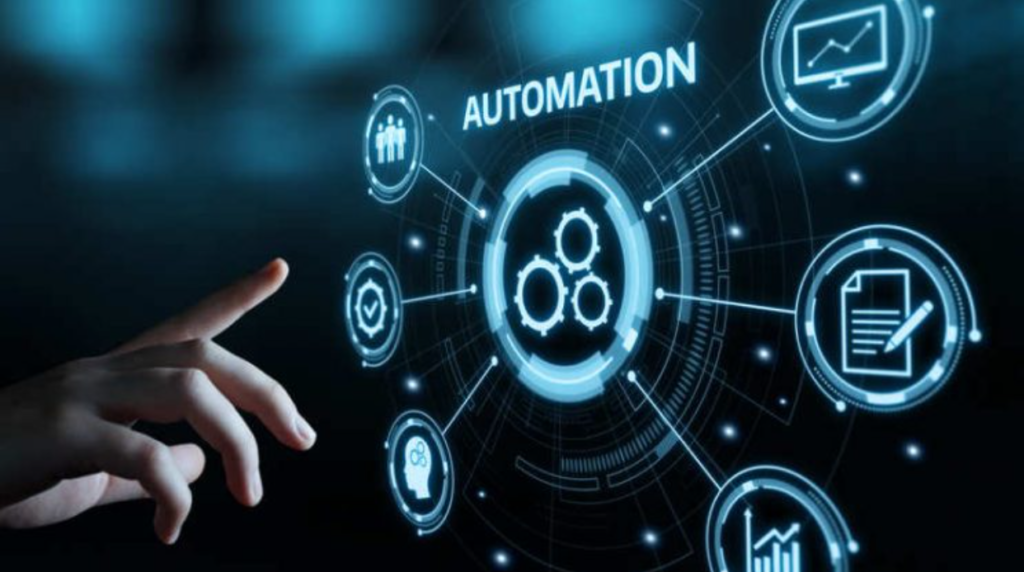
Originally featured in Summer 2020 Gaming & Leisure Magazine
As Business and Solution Architects we are often asked, “Why should I move from on-premise to cloud-based technologies?”. That is usually followed by, “I’m comfortable with the current infrastructure I have on-site and it works for us with limited resources.”
Spending time in Hospitality as a CEO and CIO we have heard many times from business leadership concerns of losing control and flexibility with moving to the cloud. Additionally, there is an incorrect assumption that Software as a Service (SaaS) cloud-based technologies are not affordable because they are subscription models. When you start looking at the all-in costs for licensing and support, SaaS is more affordable. You do not have to buy servers, software, or hire onsite IT staff to maintain infrastructure.
Hospitality as a business is evolving quickly post pandemic. They are looking for an improved and touchless guest experience, scalable business operations, and client satisfaction initiatives. Moving from on-premise to SaaS infrastructure is important to keeping the hospitality vertical efficient. This cost-effective strategy results in a reduced spend on IT and provides additional dollars for other areas of the business. With less IT spend, those dollars can be shifted to marketing and/or guest incentives to get and keep more guests in your properties.If you are assessing your business roadmap we highly recommend evolving your technology landscape. Moving to a SaaS-based model will naturally bring in more efficiency which, bottom line, will increase revenue generation for your properties and provide a better customer experience. Below are some tangible benefits for moving from on-premise to SaaS.
Efficiency:
- The ability to select an all-in-one cloud system for finance, operations, sales, marketing, reputation management, and guest experience
- 360 view of your customer data so you can focus on revenue generation and loyalty initiatives
- Subscription models allow a cost-effective and customizable entry approach
- Growth is easy to manage and scale with the ability to add virtual infrastructure as needed; you do not need to buy ahead, so this maximizes cost
- No ongoing maintenance is needed from IT: instead, there is a System Admin role which can be internal or external to your organization
- Remote working and flexibility to log in from anywhere: which is HUGE right now given the state of the global economy
- Better security control over cyber-criminals when it comes to your operational and customer data
- Easier to connect interfaces from vendor to vendor as it is all SaaS-based
- Easier and quicker to implement, train and adopt; hours of remote training versus weeks onsite
Cost:
- Highly adaptable and maintainable with less money spent on resources (on-premise infrastructure and talent): there is no need for big servers and hard-wired infrastructure
- Lower operational costs: low upfront capital investment, which means no hardware purchases along with the ability to scale by subscription models and users
- Reduce onsite IT staff, which incurs less spend in operational areas so you can focus on the guest experience
Customer Experience:
- Customization for your business process is controlled by you: the design is agile and flexible
- Ease of migrating historical data for the purpose of analyzing data to enhance the best customer experiences, business operations, and customer loyalty goals
- Enhance the customer experience by providing a 360° view on your guests via integration of data and uptime of systems
- Newer user interfaces generally provide newer technology and the ability to go ‘mobile’ for operations and guests
In the current day and time, revenue generation and keeping guests in our properties and maximizing as many opportunities for them to enjoy is important. Streamlining your technology will drive that initiative while reducing your overall costs.
It’s a great time to evolve to support guest experiences after the past years slow down.
Authors: Donna Hale & Y’vonne Ormond
